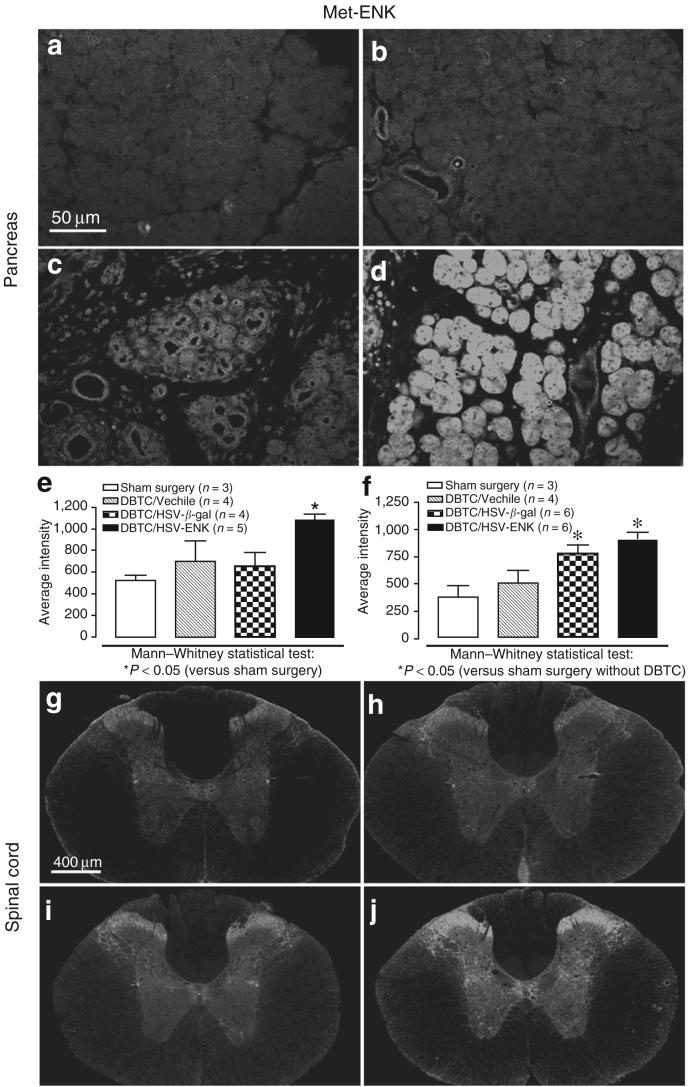Figure 4. Photomicrographs of immunohistochemical staining of met-ENK in the pancreas.
(a) Pancreas from a rat after sham surgery. (b-e) dibutyltin dichloride (DBTC)-induced pancreatitis and application of (b) vehicle, (c) HSV-β-gal as the herpes simplex virus (HSV) vector control, or (d) HSV-ENK. (e) Quantification of fluorescent staining intensity for met-ENK in the pancreas. (f) Quantification of fluorescent staining intensity for met-ENK in the spinal cord. The overall comparisons using Kruskall-Wallis analysis of variance were significant (P < 0.05). Significant differences from animals with sham surgery are shown using the Mann-Whitney test for post hoc comparisons. (g-j) Photomicrographs of immunohistochemical staining of spinal cord (T11) met-ENK content. (g) Spinal cord from a rat after sham surgery. (h-j) Spinal cord from animals with DBTC-induced pancreatitis and application of (h) vehicle control. (i) HSV-β-gal control vector, or (j) HSV-ENK. ENK, enkephalin.

